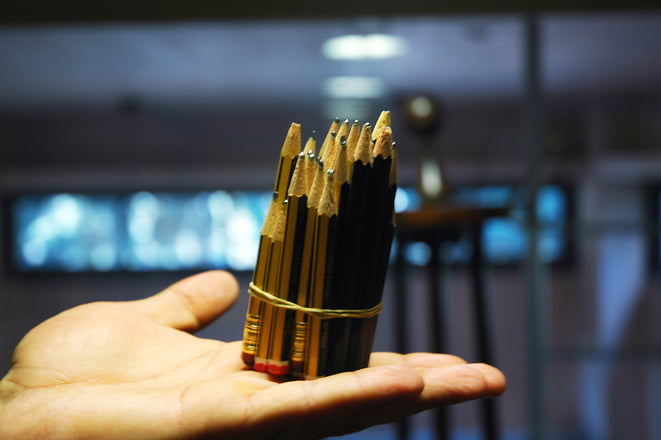
The purpose of a case study is to analyze a problem, investigate alternative solutions, and use evidence to prove which solution most effectively addresses the problem.
Here are the steps to writing a successful case study.
Before You Begin
1. Examine the problem in-depth.
2. Take notes, highlighting relevant facts as you go.
3. Develop a focused analysis.
4. Identify the key problems. What has caused them? What effect have they had? Who is responsible for them?
5. Find some possible solutions.
6. Review your research, experiences, coursework and class discussions.
7. Choose the best solution.
8. Evaluate your supporting evidence to determine whether this solution is realistic.
Conducting Interviews
Interviews may be one of your best sources of data. Here are some steps to preparing and conducting an interview.
1. Select participants that are knowledgeable about the case. You may invite experts in the field or subjects that have personally experienced the problem. Then gather as much information as you can about your interviewees so that you can conduct the interview in such a way that it will yield the information you need.
2. Come up with a list of meaningful interview questions. Formulate questions that lead your subjects to reflect on the facts of the situation and their feelings about it. Then decide on what format the interview will take. Will it be an individual or a group interview? Will you conduct interviews in person, over the phone or via email?
3. Ensure that all participants are fully informed. Have them sign waivers if necessary. Avoid inappropriate or controversial questions.
4. Ask similar questions of all participants to ensure that you get different perspectives on the same issue.
5. To get the most helpful responses, ask open-ended rather than “yes/no” questions.
6. When relevant, ask for data from your subjects to support your findings.
Writing Your First Draft
Write a first draft composed of the following sections.
1. Introduction. Identify the key issues and problems and articulate a 1-2 sentence thesis that sums up your findings.
2. Background. Set the stage for your analysis. Provide relevant background information about the issues.
3. Present your data. Provide data that you found from interviews, experience, and research. Tell the reader what you learned from this data.
4. Alternative solutions. Describe a few of the possible solutions to this problem and explain why these alternatives may not work.
5. Proposed Solution. Offer your suggested solution and support this solution with evidence taken from course readings, lectures, research, and personal experience. Recommend specific steps for carrying out this solution.
Final Revisions
Read through your case study to make sure that all components fit appropriately. Check that all your arguments and evidence support your thesis statement in some way. Then proofread carefully for spelling, grammar, and punctuation. You may want to ask a friend to proofread for you also in case you miss something.
Additional Pointers
Here are some things to keep in mind about standard form for writing case studies.
– Case studies are scientific documents that should be written in a logical, objective tone. They should also be written in the past tense.
– Do not include any opinion in your case study. Any statements should be backed up with factual research.
– Be inclusive in your observations. Don’t leave out any relevant details.
– Examine the topic in-depth. Don’t just make snap judgments, but collect a variety of information from multiple sources.
A case study is a great exercise in problem-solving and supporting your beliefs with evidence. This simple step-by-step process will help you get the most out of this experience.
 Karen Palmer
Karen Palmer


